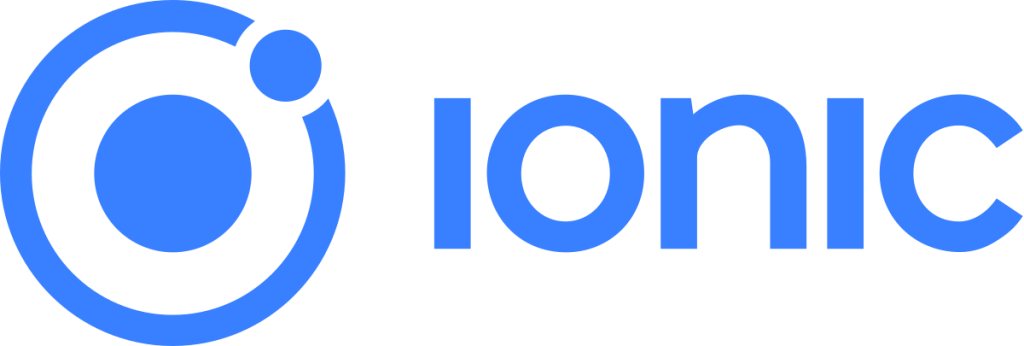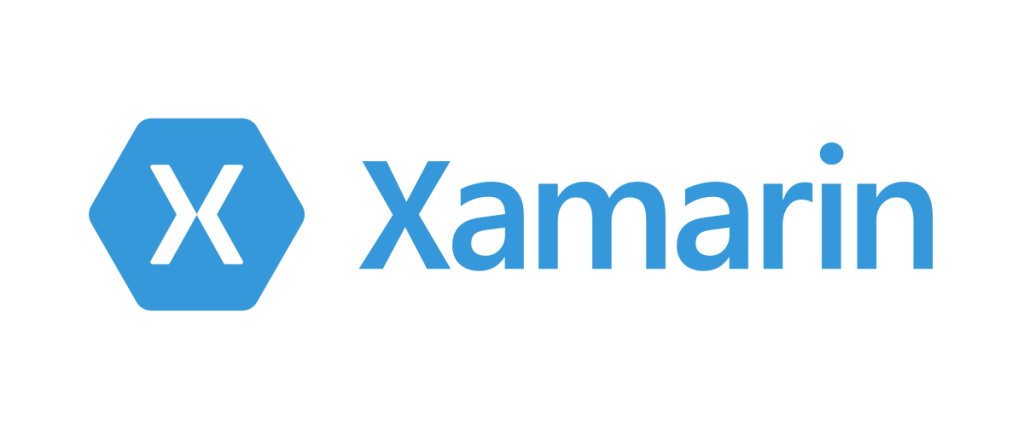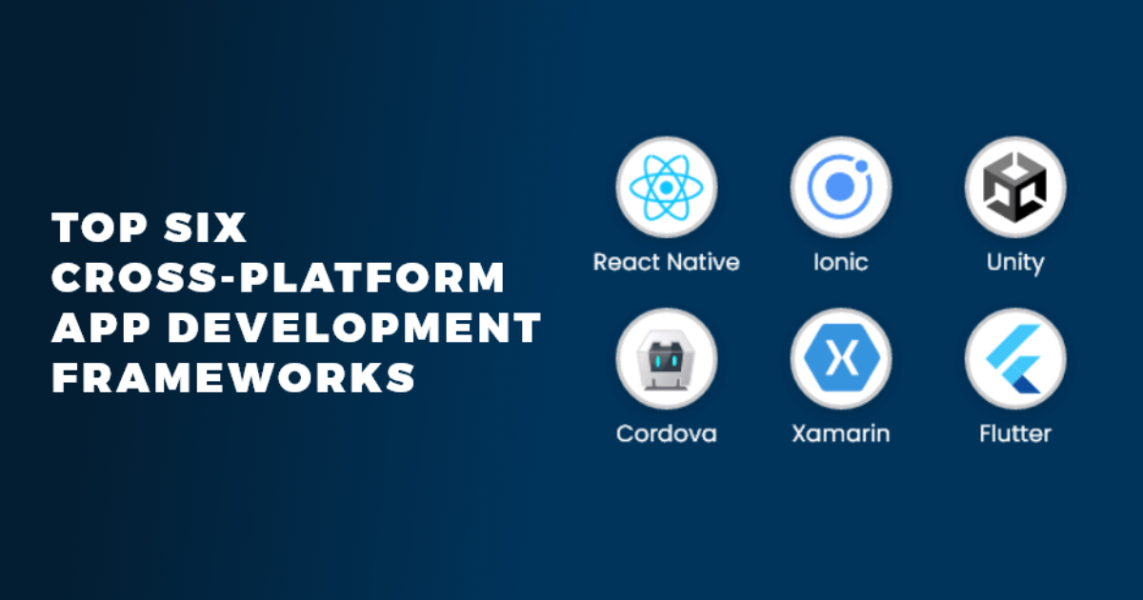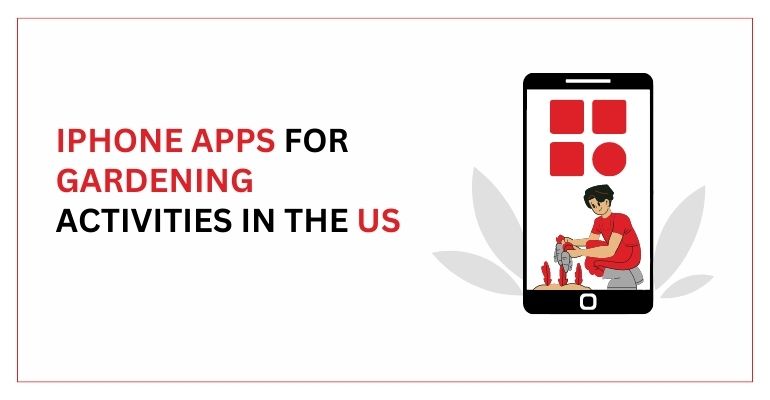Cross-platform app development has become one of the most popular ways mobile app developers build mobile applications. This approach allows developers to effortlessly deploy a single code on different mobile platforms. Saving time and efforts this has become a go-to for developers all around the globe.
Stats about Cross Platform App development in 2023
According to Persistence Market Research, the Cross-Platform App Development Framework Market will exceed $546.7 billion by 2033 due to the increasing use of mobile devices.
- The cross-platform app development framework industry is expected to grow at a CAGR of 16.8% until 2033.
- The React Native segment is expected to witness a CAGR of 16.7% from 2023 to 2033, driven by JavaScript-based frameworks.
- Flatter segment of mobile app frameworks is expected to grow at a CAGR of 16.6% until 2033.
- The US cross-platform app development framework industry is projected to reach $104.7 billion by 2033.
Top Six Cross Platform App Development Frameworks
The top Cross Platform App development frameworks for 2023 are:
- Flutter
- React Native
- Kotlin Multiplatform Mobile
- Ionic
- Xamarin
- NativeScript
Let us look into them in detail:
Flutter

Flutter is the most popular cross platform mobile app development framework that enables the app developers to create seamless applications across multiple platforms, including mobile, web, and desktop. According to the Stack Overflow Developer Survey 2021, Flutter is the second most-loved framework. This innovative technology is based on the programming language Dart and was introduced by Google in 2017. With Flutter, developers can build high-performance, visually appealing, and responsive applications that deliver an exceptional user experience.
Programming language
Dart
Key features of Flutter
- Flutter’s hot reload feature allows you to instantly see changes in your code without recompiling.
- Flutter supports Google’s Material Design and offers multiple widgets for app building.
- It has its own rendering engine for drawing widgets, independent of web browser technology.
Mobile apps built with Flutter
Reflectly, Google Ads, Google Pay, BMW, Pubg Mobile.
Pros of Flutter
- Flutter’s hot reload feature speeds up the development process by allowing developers to instantly see changes without restarting the app.
- Provides a consistent UI experience across different platforms (iOS and Android) due to its widget-based approach.
- Dart, the language Flutter uses, compiles to native ARM code, leading to better performance.
- Offers a wide range of customizable UI widgets and animations.
Cons of Flutter
- Apps built with Flutter tend to be larger in size compared to native apps due to the inclusion of the Flutter runtime.
- Some advanced native features might require platform-specific code integration.
- Developers who are new to Dart might need some time to adjust to the language.
Use Flutter when
- Best used when you want to create visually rich and highly customizable UIs.
- Great for building cross-platform apps with a single codebase that can run on both iOS and Android.
- Suited for projects where UI consistency and a native-like feel are important.
React Native

React Native is an open-source UI software framework developed in 2015 by Meta Platforms, formerly Facebook. It is based on Facebook’s JavaScript library, React, and enables developers to create natively rendered cross-platform mobile applications. Building mobile apps with React Native is made easier with a strong community of knowledgeable developers.
Programming language
JavaScript
Key features
- React components update instantly with Fast Refresh.
- React Native’s focus on UI allows for custom and responsive interfaces.
- Integration with Flipper debugger is enabled in versions 0.62 and up.
Mobile apps built with React Native
Facebook, Microsoft Office, Shopify, and app like Instagram.
Pros of React Native
- React Native has a large community and is widely adopted, which means plenty of resources, libraries, and tools are available.
- Code reusability between platforms (iOS and Android) is high, which can save development time.
- Allows the integration of native components for platform-specific functionality.
- Performance is relatively good due to the use of native components.
Cons of React Native
- Achieving consistent UI design across platforms might require extra effort.
- While generally good, certain complex animations or interactions might be less performant.
- Developing custom native modules can be complex and might require a deeper understanding of native languages.
Use React Native When
- Ideal for projects where a significant portion of the codebase can be shared between iOS and Android platforms.
- Suited for projects with a focus on rapid development and leveraging web development skills (JavaScript).
- Suitable when there’s a need for integrating with existing React components or libraries.
Kotlin Multiplatform Mobile

Kotlin Multiplatform Mobile is a fast-growing cross-platform mobile development framework with a mature community and native-like user experience for multiplatform apps. Developers can leverage the Kotlin Multiplatform Mobile (KMM) SDK, developed by JetBrains, to create Android and iOS applications using a single codebase. This approach minimizes the need for platform-specific code, except when handling native UI components or platform-specific APIs. With KMM, developers can significantly reduce their workload and streamline their app development process.
Programming language
Kotlin.
Key features
- You can easily start using Kotlin Multiplatform Mobile in existing projects.
- Kotlin Multiplatform Mobile provides you with full access over the user interface. You can utilize the latest UI frameworks, such as SwiftUI and Jetpack Compose.
- Developers have easy access to the Android and iOS SDKs without any restrictions.
Mobile apps that are made with Kotlin
Pinterest, Tinder, Netflix, and apps like Airbnb.
Kotlin Multiplatform Mobile Pros:
- Allows sharing business logic and code across platforms while maintaining separate UI components.
- If your team is already familiar with Kotlin, KMM can offer a seamless development experience.
- Kotlin compiles to native code, leading to good performance.
- Can directly use existing Android libraries and tools.
Kotlin Multiplatform Mobile Cons
- KMM is relatively new, so it might lack some features and stability compared to more established frameworks.
- UI components still need to be built separately for each platform.
- While Kotlin is generally user-friendly, there might still be a learning curve if your team is not familiar with it.
Best use of Kotlin Multiplatform Mobile
Best used when your team is already familiar with Kotlin and you want to share business logic and some code across multiple platforms.
Well-suited for projects where performance is critical and you want to achieve a higher level of code sharing compared to traditional approaches.
Ionic

Ionic is a UI toolkit that is open-source that was introduced in 2013. With connectors for the Angular, React, and Vue frameworks, it aids developers in creating hybrid mobile and desktop applications using native and web technologies including HTML, CSS, and JavaScript. On the Ionic Forum, where community members share knowledge and assist one another in solving development-related problems, there is constant activity.
Programming language
JavaScript.
Mobile apps built with Ionic
Sanvello and MarketWatch and wearables.
Key features:
- Ionic offers a variety of UI components for building applications and is built on a SaaS UI framework created specifically for mobile OS.
- The camera, torch, GPS, and voice recorder are just a few examples of the built-in functions that may be accessed using the Ionic framework by using the Cordova and Capacitor plugins.
- Ionic offers a proprietary integrated development environment (IDE) called Ionic Studio that was created for rapid app development and prototyping.
Ionic Pros
- If your team is familiar with web technologies (HTML, CSS, JavaScript), Ionic offers an easier transition.
- Develop once and deploy on multiple platforms.
- It provides a library of UI components for consistent designs.
- Access to Cordova plugins can provide access to native device features.
Ionic Cons
- While performance is decent, it might not match the level of native or other frameworks.
- Achieving a fully native look and feel might be challenging.
- Implementing complex native features might require custom plugin development.
Use Ionic If
- Suitable for projects where web developers with HTML, CSS, and JavaScript skills are the primary developers.
- Good for building simple apps or prototypes quickly that can run on various platforms using web technologies.
- Best used for projects that don’t require extremely high performance or native-like UI.
Xamarin

Microsoft owns the cross-platform app development framework Xamarin. The programming language is C#.Net framework for Windows, iOS, and Android app development. Xamarin is widely used by contributors worldwide and is notably well-liked by C, C++, and C# developers that develop mobile applications.
Programming language
С#
Mobile apps that utilize Xamarin
Oro, MRW, CA Mobile, APX
Key features
- Xamarin applications utilize the.NET BCL, a comprehensive collection of classes with XML, database, IO, and networking support.
- Xamarin.Forms allows developers to use platform-specific UI elements and improve data binding performance with compiled bindings, reducing runtime errors.
Advantages of Xamarin
- If your team is proficient in C#, Xamarin is a natural choice.
- Allows sharing code across platforms for non-UI logic.
- Xamarin apps compile to native code, offering good performance.
- Can access native APIs and components through Xamarin bindings.
Disadvantages of Xamarin
- Achieving consistent UI across platforms might require more effort.
- Learning Xamarin and its nuances can take time, especially if developers are new to C#.
- Xamarin apps can be larger in size due to the inclusion of the Mono runtime.
Use Xamarin for
- Ideal for projects with a C#/.NET development background and where code sharing between platforms is important.
- Well-suited for enterprises that heavily rely on Microsoft technologies and want to target both iOS and Android platforms.
NativeScript

Released in 2014, the NativeScript mobile application development framework empowers developers to create Android and iOS apps effortlessly using JavaScript or languages that compile to JavaScript, such as TypeScript, alongside frameworks like Angular and Vue.js. Developers commonly prefer NativeScript because it utilizes familiar web technologies like JavaScript and Angular. However, small companies and startups primarily use it.
Programming language
JavaScript, TypeScript.
Key features
- NativeScript simplifies accessing native Android and iOS APIs.
- Renders platform-native UIs
- Eliminates the need for third-party solutions with its various plugins and pre-built app templates.
Mobile apps by NativeScript
JUCE and Delta Airlines.
Pros of NativeScript
- If your team is skilled in these languages, the learning curve can be lower.
- Generates native UI components, resulting in a more native look and feel.
- NativeScript apps perform well, as they use native UI components.
- Offers direct access to native APIs.
Cons of NativeScript
- The community is smaller than other frameworks, leading to fewer resources.
- While JavaScript/TypeScript might be familiar, the NativeScript framework itself might take time to learn.
- Not as extensive a collection of plugins compared to other frameworks like Cordova.
Use NativeScript When
- Best used when you want to build native-like apps using JavaScript or TypeScript.
- Suited for projects where you need a high level of native performance and access to device APIs.
- Good for scenarios where you want to create custom UI components or animations.
How to Choose the Best Cross Platform Framework?
Choosing the best cross-platform framework for mobile app development requires careful consideration of various factors to ensure that your app meets your goals, is efficient, and provides a good user experience. Here’s a step-by-step guide to help you make an informed decision:
Understand Your Requirements:
Define your app’s requirements, including its features, performance expectations, target platforms (iOS, Android, etc.), and any specific hardware or software functionalities you need to access.
Evaluate Cross-Platform Frameworks:
Research and evaluate popular cross-platform frameworks based on their capabilities, community support, performance, and ease of use. Some well-known options include:
Consider Development Experience:
Evaluate the programming languages and tools required for each framework. Choose a framework that aligns with your development team’s skills and preferences. For instance, if your team is more comfortable with JavaScript, React Native might be a good choice.
Performance:
Consider the performance of the framework. Some frameworks use native components, which can lead to better performance, while others use a web view or render components in a different way, which might affect performance. Evaluate the framework’s ability to deliver a smooth user experience.
UI and UX:
Look into the framework’s capabilities for creating appealing and user-friendly UI. Check if the framework provides native-like UI components for each platform and if it allows customization to match platform-specific design guidelines.
Third-Party Libraries and Plugins:
Check if the framework supports essential third-party libraries and plugins that your app might need. This can significantly impact your development speed and functionality.
Testing and Debugging:
Evaluate the testing and debugging capabilities of the framework. Cross-platform frameworks often provide tools to help you test your app on multiple platforms and devices.
Long-Term Support and Updates:
Choose an actively maintained and regularly updated framework. This ensures that your app will remain compatible with new operating system versions and continues to receive security updates.
Prototyping:
Consider building a small prototype using the framework to assess its feasibility and whether it meets your expectations.
Remember that there is no one-size-fits-all solution. The best cross-platform framework for mobile app development depends on your specific project requirements, team expertise, and the trade-offs you are willing to make between development speed, performance, and platform integration.











